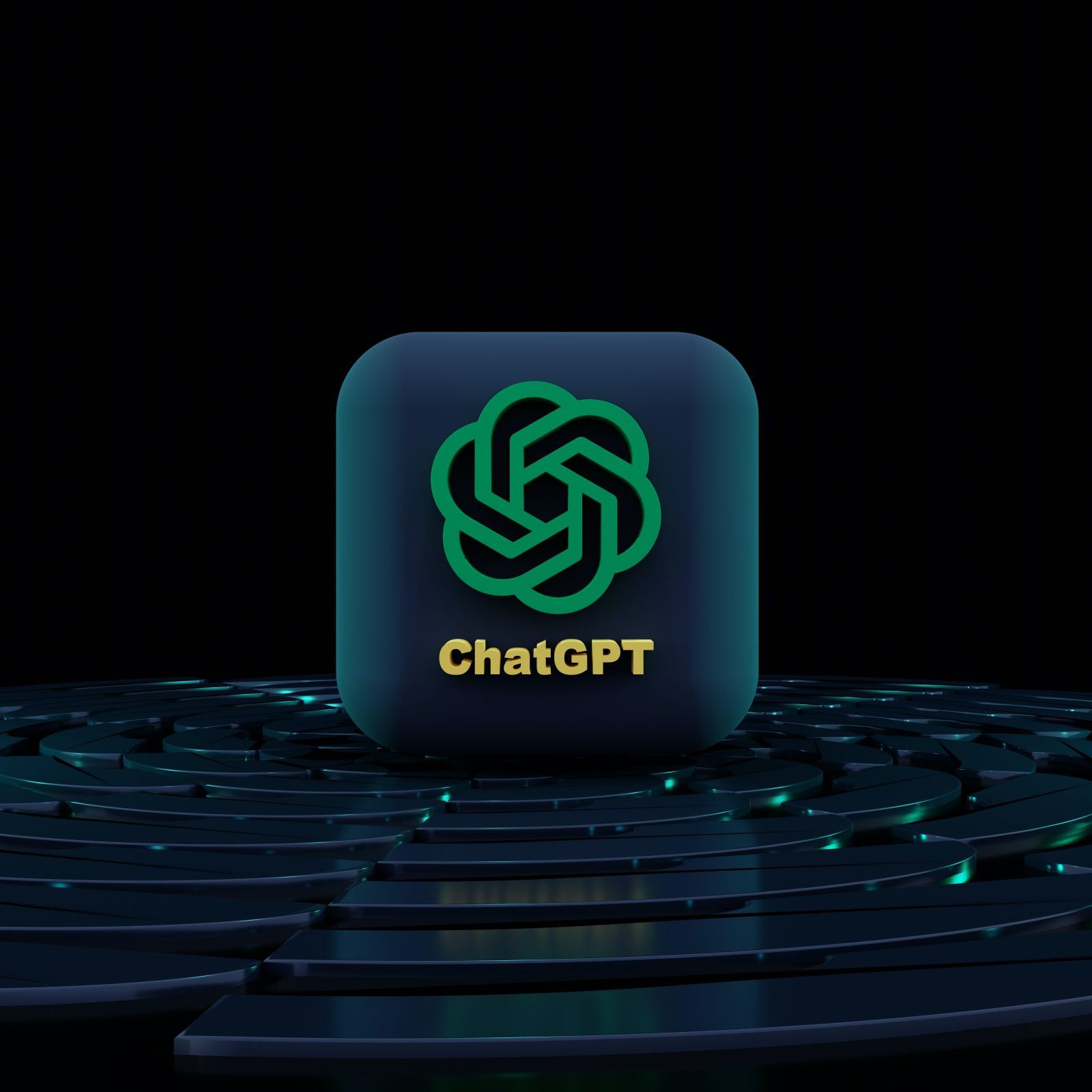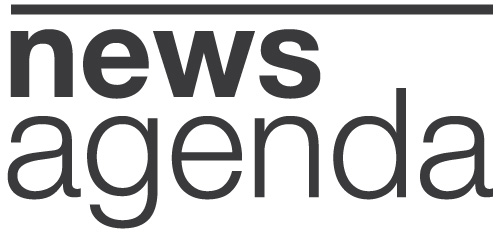Generative AI is a powerful tool that has the potential to revolutionise journalism in both positive and negative ways. Public service broadcast journalism, in particular, stands to benefit greatly from the use of generative AI, but there are also potential drawbacks that must be considered.
On the positive side, generative AI can help automate many of the tedious and time-consuming tasks that journalists face. For example, AI can be used to transcribe interviews, generate summaries of news articles, and even write basic news stories. This can free up journalists to focus on more important tasks, such as investigative reporting and in-depth analysis.
Generative AI can also help improve the accuracy and objectivity of journalism. By analysing large amounts of data and identifying patterns and trends, AI can help journalists uncover important stories that might otherwise go unnoticed. Additionally, AI can help eliminate human bias by analysing data objectively and presenting information in an unbiased manner.
However, there are also potential negative impacts of generative AI on journalism. One concern is that AI-generated content may lack the human touch that is essential to good journalism. While AI can certainly generate accurate and informative content, it may lack the nuance and context that human journalists can provide.
Another concern is that AI-generated content may be used to spread misinformation or propaganda. If AI is used to generate fake news stories or misleading information, it could have serious consequences for public trust in journalism and democracy as a whole.
Despite these concerns, many experts believe that the benefits of generative AI outweigh the potential drawbacks. In particular, public service broadcast journalism stands to benefit greatly from the use of generative AI.
Public service broadcasters have a unique role in society, serving as a trusted source of news and information for millions of people around the world. However, they also face significant challenges in terms of funding and resources. Generative AI can help address some of these challenges by automating many of the tasks that broadcasters face, such as transcribing interviews and generating summaries of news stories.
Additionally, generative AI can help public service broadcasters reach new audiences by creating content that is tailored to specific demographics. By analysing data on audience preferences and behaviour, AI can help broadcasters create content that is more relevant and engaging to their viewers.
Overall, it is clear that generative AI has the potential to revolutionize journalism in both positive and negative ways. While there are certainly concerns that must be addressed, the benefits of AI for public service broadcast journalism are clear. As this technology continues to evolve, it will be important for journalists and broadcasters to carefully consider how they use it in order to ensure that it serves the public interest.











